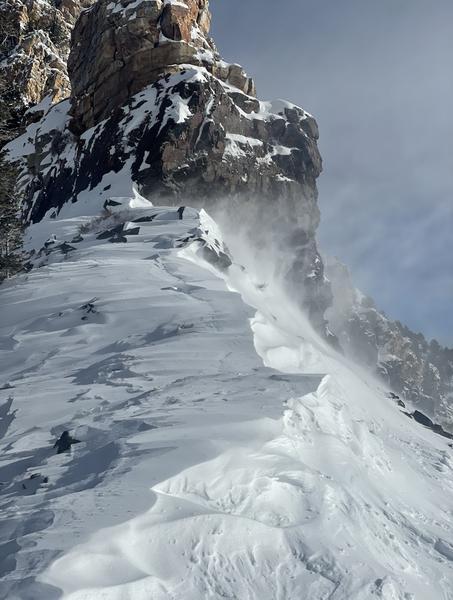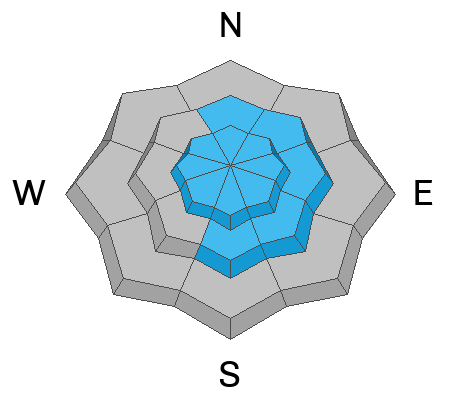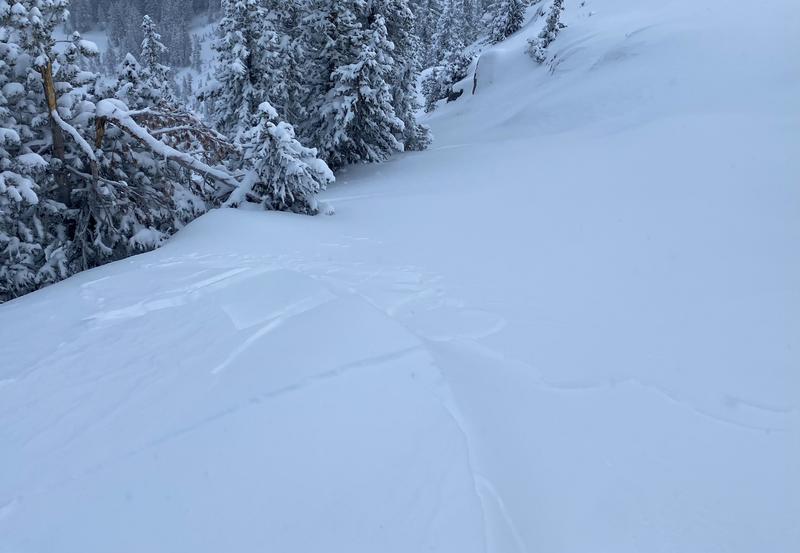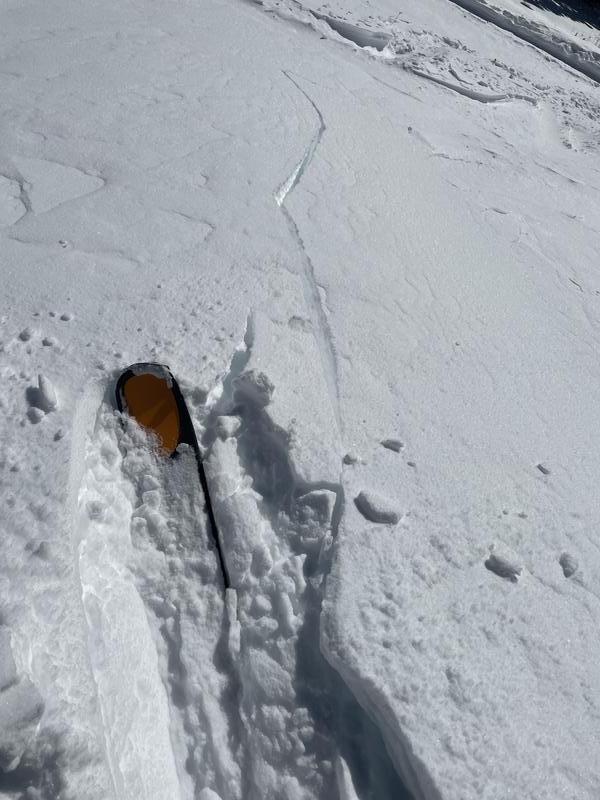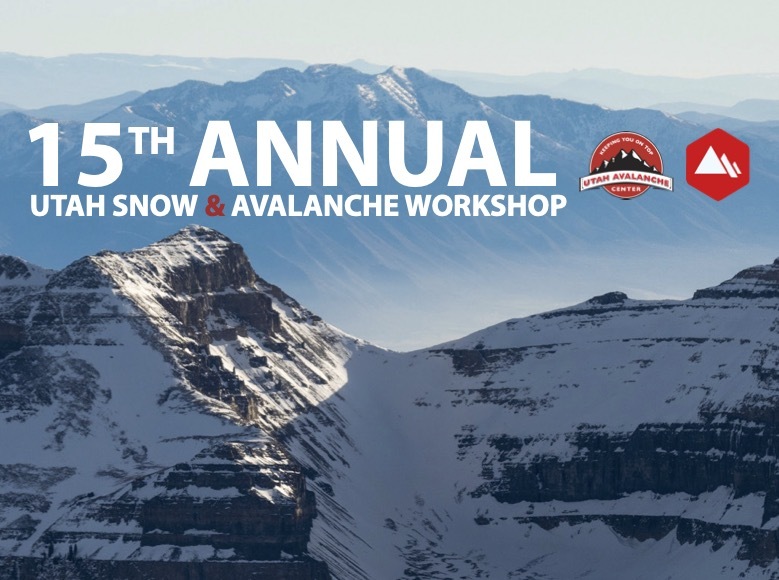Forecast for the Salt Lake Area Mountains

Issued by Dave Kelly on
Saturday morning, November 5, 2022
Saturday morning, November 5, 2022
Today will be a day of rising avalanche danger as the storm evolves. There is a current overall MODERATE avalanche danger that will rise to CONSIDERABLE danger above 9500' on North-Southeast aspects with forecasted snow and wind.
With forecasted heavy snow fall and strong winds, human triggered avalanches will become likely on steep wind drifted slopes.
Today is a day of high uncertainty and a great day to practice assessment. If you see changing snow and weather conditions, don't be afraid to step back.
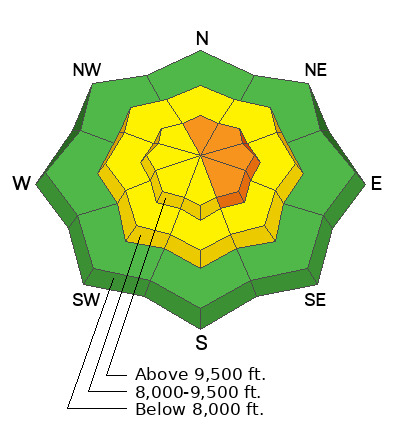
Low
Moderate
Considerable
High
Extreme
Learn how to read the forecast here


